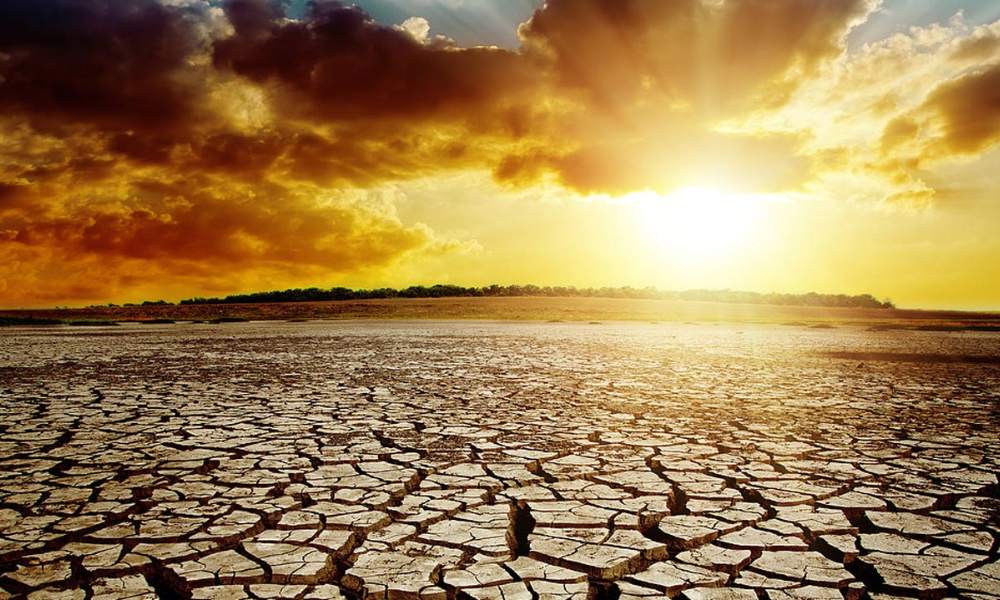
Heat Stress and Real Estate in Hot Climates: Impact, Risks, and Adaptation Measures - Streetcurrencies
- Streetcurrencies
- 28 Sep, 2023
Heat stress is a major challenge for hot climates around the world. Climate change is exacerbating this problem, as it is leading to more frequent and severe heat waves.
Heat stress poses a number of risks to real estate in hot climates, including:
- Decreased property values: Heat stress can make properties in hot climates less desirable to potential buyers. This can lead to a decrease in property values.
- Increased insurance costs: Insurance companies may charge higher premiums for properties in hot climates due to the increased risk of damage from heat stress and other climate-related events.
- Increased maintenance costs: Property owners in hot climates may need to spend more money on maintenance to protect their properties from damage from heat stress and other climate-related events.
- Difficulty obtaining financing: Lenders may be reluctant to finance properties in hot climates due to the increased risk of default.
Impact of Heat Stress on Real Estate in Hot Climates
Heat stress can impact real estate in hot climates in a number of ways. For example, heat stress can:
- Damage building materials: Heat stress can cause building materials to expand and contract, which can lead to cracks and other damage.
- Reduce energy efficiency: Heat stress can make it more difficult to cool buildings, which can lead to higher energy costs.
- Make buildings less comfortable for occupants: Heat stress can make buildings less comfortable for occupants, which can lead to decreased productivity and increased absenteeism.
Risks Posed by Climate Change
Climate change is increasing the risk of heat stress in hot climates. This is due to a number of factors, including:
- Rising temperatures: Rising temperatures are making it more likely that heat waves will occur.
- More humid conditions: More humid conditions can make it more difficult for people to stay cool.
- Longer heat waves: Climate change is leading to longer heat waves, which means that people are exposed to heat stress for longer periods of time.
Adaptation Measures
There are a number of adaptation measures that property owners and governments can take to mitigate the risks of heat stress. These measures include:
- Retrofitting buildings: Buildings can be retrofitted to make them more energy efficient and to improve their thermal comfort. This can be done by adding insulation, installing energy-efficient appliances, and planting shade trees around buildings.
- Building new buildings to be more resilient to heat stress: New buildings can be designed and built to be more resilient to heat stress. This can be done by using heat-resistant materials, installing green roofs, and incorporating natural ventilation into the design of buildings.
- Developing early warning systems: Early warning systems can help people to prepare for heat waves and to take steps to stay cool.
- Providing public cooling spaces: Governments can provide public cooling spaces, such as libraries, community centers, and cooling stations, to help people stay cool during heat waves.
Conclusion
Heat stress poses a significant threat to real estate in hot climates. Climate change is exacerbating this threat. However, there are a number of adaptation measures that property owners and governments can take to mitigate these risks.

By taking these measures, we can help to protect real estate investments and ensure the long-term viability of communities in hot climates.
